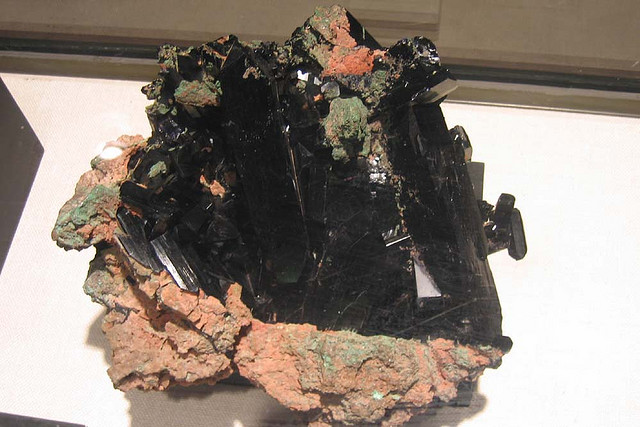Our planet has a seemingly unlimited supply of natural resources, not only in commodities such as water, timber, agricultural resources, fossil fuels, and wildlife, but also in mineral wealth. Gold, iron, uranium, copper, and many other minerals lie just beneath the surface in many parts of the globe and have yet to be discovered, much less extracted and refined for use in a variety of industries and applications from residential to governmental. While advanced economic markets are able to tap into their natural resources and mineral wealth without much difficulty or opposition, doing so is not as simple or inexpensive for emerging markets and developing countries.
What is a developing, emerging, or underdeveloped country?
According to the World Economic Outlook (WEO) of the International Monetary Fund (IMF), the defining differences between a developed (advanced) and developing (emerging) country are per capita income level, diversity of exports, and how well integrated a country is into the global financial system. The WEO provides a list of over 150 countries it classifies as developing or emerging which includes Russia, India, Saudi Arabia, China, the United Arab Emirates, and South Africa.
The International Statistical Institute (ISI) published a list of developing countries, effective for the 2013 calendar year. They define a country as “developing” if it has a gross national income of less than $11,905 in 2010 (as calculated by The World Bank). There are over 140 countries on the list including Haiti, the Philippines, India, China, Mexico, and the Dominican Republic.
What valuable natural resources can be found in developing nations?
In Africa, the poorest continent on the planet, over half a dozen minerals are available for mining that provide abundant opportunities for several countries to capitalize on its natural resources. Those natural resources include oil and gas (Ethiopia, Mozambique, and Uganda), bauxite (Guinea), copper (Zambia and the Congo), gold (Ghana and Mali), and tantalum (Ethiopia).
Sierra Leone has an abundance of resources available in timber, oil, fish, and mineral wealth. Somaliland is poised to diversify their long-term livestock exports by tapping their oil and gas reserves. A mountain range in Guinea holds millions of tons of high-grade iron ore waiting to be mined, and Serbia holds ample coal deposits. The biggest gas discovery of the past decade was recently located in Mozambique. The country of Niger possesses gold, oil, and uranium resources. These are just a few examples of the mineral deposits and natural resources that exist in abundance in developing countries.
How can exploiting natural resources stimulate a developing country’s economic status?
If the countries who have untapped resources available for extraction can develop a well-balanced and thorough plan for managing revenues gained from their resources, it can greatly enhance their long-term outlook for economic growth and stability. The ways in which this can be done are through improved access to education and health care options, reduction in poverty, the creation of jobs, and a continued infusion of capital through exportation of resources for the life of that commodity.
The governments of developing countries are increasing their awareness of what lies beneath the soil in their own lands and are investigating ways of utilizing these resources to establish a better economic position for their countries. The long-term prospects, if managed properly with the future in mind rather than instant gratification, look very good for these countries to achieve success in the global market.
Image License: All rights reserved by kleepet



